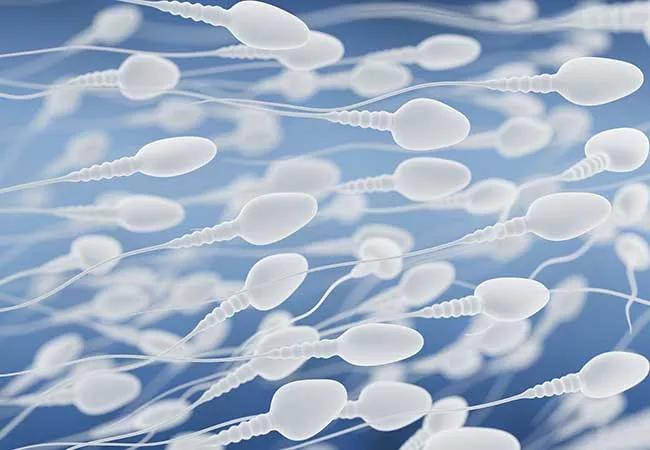Male infertility specialist answers the big questions

Infertility is not a woman’s problem. It’s a couple’s problem.
Advertisement
Cleveland Clinic is a non-profit academic medical center. Advertising on our site helps support our mission. We do not endorse non-Cleveland Clinic products or services. Policy
According to a historic World Health Organization study, 38 percent of infertility cases were due to female causes, yet 47 percent were due to either male or combined male and female causes. (The remaining 15 percent was undetermined.)
So why does infertility testing often involve only the female?
“Because females are usually the first to see their PCP or gynecologist when they can’t get pregnant,” says male infertility specialist Sarah Vij, MD. “In their 20s, women start building relationships with their physicians and having regular exams. Men often don’t.”
That’s cause for concern, says Dr. Vij. Not only can many male infertility conditions be diagnosed and treated, they can be a window to a man’s overall health.
Here Dr. Vij provides key points to guide primary care practitioners in their care of men facing fertility problems.
Dr. Vij: Couples — both the man and the woman — should be evaluated for infertility if they have not had a successful pregnancy after 12 months of timed intercourse. They should be evaluated sooner if there are infertility risk factors (see list below), if the female is over age 35, or if the couple desires.
For some couples, evaluating the male first makes sense. Male evaluation is relatively simple. Sometimes we see couples go through costly reproductive techniques, like in vitro fertilization, only to discover that the male had an easily treated condition.
Dr. Vij: A PCP (or gynecologist) can order a semen analysis and then refer the patient to a urologist if results are abnormal. The urologist will do a detailed history and physical, which are the most critical parts of male infertility evaluation. Based on the history, physical and semen testing, the urologist may order endocrine or genetic testing as well, and possibly imaging of the testicles.
Advertisement
Dr. Vij: Up to 40 percent of men seeking evaluation for infertility have a varicocele, a disorder in which dilated veins in the scrotum affect the quantity and quality of sperm produced by the testes.
But a multitude of other environmental and medical factors can contribute, including:
The list goes on. That’s why taking a man’s history — and involving a urologist — is so important.
Dr. Vij: First are the lifestyle adjustments, such as smoking cessation if the patient is a smoker or weight loss if the patient is obese. I also counsel my patients on reproduction basics, such as strategic timing and not using lubricant.
Medical treatment can help some men with low sperm counts. We may try to manipulate the hormonal axis and stimulate the testicles to produce more sperm. Taking antioxidants may improve sperm health as well.
Finally, there are surgical approaches such as varicocele repair, testis biopsy and reconstructive procedures.
Advertisement
Dr. Vij: Sometimes infertility is the first sign of a health condition, or the first reason that a man seeks medical care. Our evaluation may lead to a diagnosis of diabetes, hypogonadism or other endocrinopathies that can impact overall health.
Infertile men also have a higher risk of autoimmune disorders, such as rheumatoid arthritis, psoriasis, multiple sclerosis and Graves’ disease. Risk of testicular and prostate cancers is doubled in men with infertility.
Advertisement
Advertisement

Two recent cases show favorable pain and cosmesis outcomes

Meta-analysis assesses outcomes in adolescent age vs. mid-adulthood

Historic collaboration connects two Cleveland Clinic locations, enables real-time sharing of metrics and surgical progress

Retrospective study evaluates clinical upstaging during neoadjuvant treatment

Retrospective study finds acceptable cancer control among most histologic subtypes with intravesical therapy

Revolutionizing pediatric urology with a new, less invasive approach

What updated techniques, counseling and a changing workforce could mean

Applications, outcomes and untapped potential